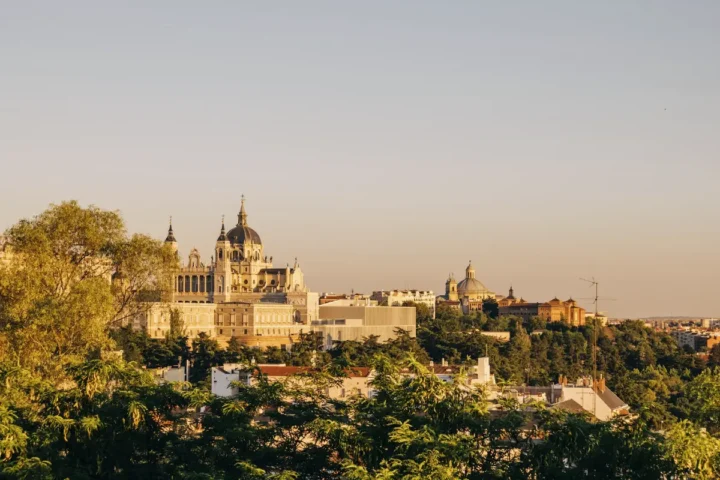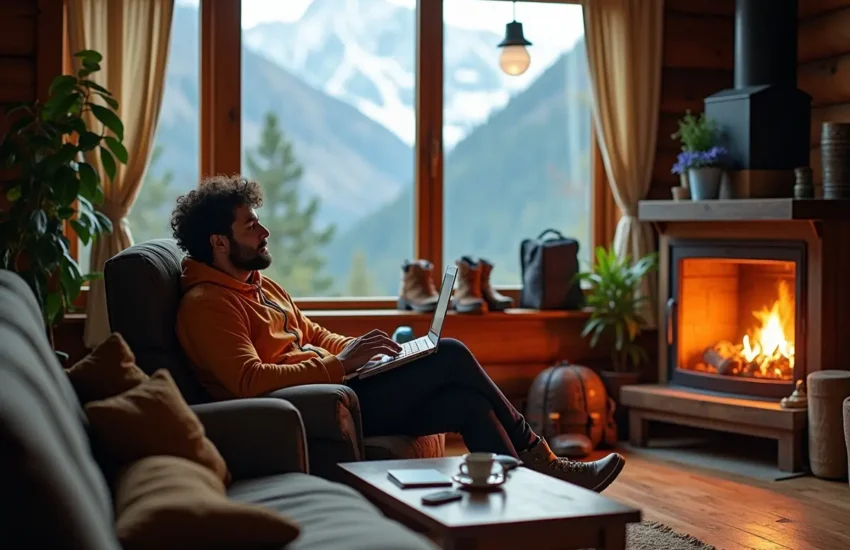Sunlit Streets and Historic Plazas: Finding the Heartbeat of Iberia
Iberia leaves an imprint on your heart that stays with you, long after the journey ends. It’s in the way the sunlight hits a tiled wall, the quiet clink of coffee cups in a backstreet café, or the sound of church bells mixing with music drifting through an open window. From Portugal’s golden coastline to Spain’s spirited cities, the Iberian Peninsula isn’t just a place you visit—it’s a place you feel.

Lisbon: A City with Soul
Start in Lisbon, and the city quickly wraps around you. It’s in the steep hills and clattering yellow trams, the scent of grilled sardines on a breeze, the way every turn seems to lead to something quietly beautiful.
In Alfama, you might hear fado spilling out of a tiny tavern—those aching, haunting notes that speak straight to the heart. Sit by the river in Praça do Comércio with a glass of vinho verde, and you’ll find time slowing down in the best way.
When you’re ready to shift gears, the train Lisbon to Faro offers a peaceful ride south through olive groves, sun-washed villages, and glimpses of the Atlantic. It’s not just transportation—it’s a chance to exhale as the pace of life gradually softens.
Faro and the Algarve: Where Life Slows to a Whisper
Faro might not make the glossy travel magazines, but maybe that’s exactly why it feels so honest. The old town is quiet, with cobbled streets, crumbling walls, and the occasional cat watching you from a sunlit doorway.
Grab a coffee in a sleepy square, visit the baroque cathedral, or take a boat out to Ilha Deserta, where the beach stretches forever and the silence is broken only by waves.
The Algarve as a whole is like this—unrushed, generous, full of light. You’ll find seaside towns like Lagos and Tavira where the seafood is fresh, the cliffs are dramatic, and the days seem to stretch just a bit longer than they do elsewhere.
Barcelona: Dreamlike, Defiant, and Completely Its Own
Barcelona feels like it’s dreaming—always a little surreal, always moving to its own beat. You see it in the impossible curves of Gaudí’s buildings, in the colors of the markets, in the way the city embraces both chaos and calm.
You could spend a whole day just watching life unfold on the beach promenade, or getting lost in the Gothic Quarter’s maze of alleys. There’s energy here—restless, rebellious, creative.
And when it’s time to move inland, the train from Barcelona to Madrid is a gentle transition. You glide through open landscapes—olive trees, hills, the soft palette of Spanish countryside—until, almost without realizing it, you arrive in the capital.
Madrid: Big-City Buzz, Local-Heart Feel
Madrid is grand, yes—palaces, museums, wide boulevards—but it never feels cold or distant. There’s a warmth here, a rhythm that feels grounded and real.
Maybe you’ll start your day in the Prado with Goya and Velázquez, then walk it off through Retiro Park among locals reading newspapers or rowing little boats. Maybe you’ll duck into a bar where the floor is littered with napkins, and the bartender knows exactly how you like your vermouth.
It’s a place where the past lives easily alongside the present—where you might catch the golden light hitting the Royal Palace just right, and then end the night at a tiny churro spot, still buzzing with conversation at 1 a.m.
Seville: Spain, Turned All the Way Up
Seville hits differently—fiery, full of feeling. The streets are alive with conversation and color, and you can’t walk far without stumbling into something beautiful: a Moorish archway, a tree heavy with oranges, a flamenco dancer setting the cobblestones on fire with her heels.
In the evenings, Seville really comes into its own. Sit outside with a glass of something cold, share a few plates of tapas, and lose track of time. And when the sun goes down, maybe wander into a small bar where someone’s playing guitar, and someone else is singing like their life depends on it.
Toledo and the Echo of Centuries
Just outside Madrid, Toledo waits like a page from a fairytale. Winding alleys, ancient stone walls, and a skyline stitched together by spires and towers. Here, different faiths once coexisted, and you feel that layered history everywhere—in the architecture, in the craftsmanship, in the quiet dignity of the place.
Spend a day here and you’ll understand why people come back. Or, if your wanderlust is still calling, head south to Granada for the magic of the Alhambra, or north to San Sebastián, where the food is as breathtaking as the ocean views.
The Art of Letting Go
The true essence of Iberia isn’t found in guidebooks, but in the unscripted pauses between planned stops. The shared bottle of wine in a plaza where time seems to pause. The warm bread handed to you by a stranger. Laughter drifting through a tight alleyway, carried on the warm evening air.
Let go of the checklist. Follow your senses instead—the smell of roasting chestnuts, the flash of color in a market stall, the sound of someone humming a familiar tune in a language you don’t quite understand.
Because in Iberia, life isn’t something to rush through. It’s something to taste, to feel, to fall into. And if you do it right, you won’t just remember the places—you’ll remember how they made you feel.


